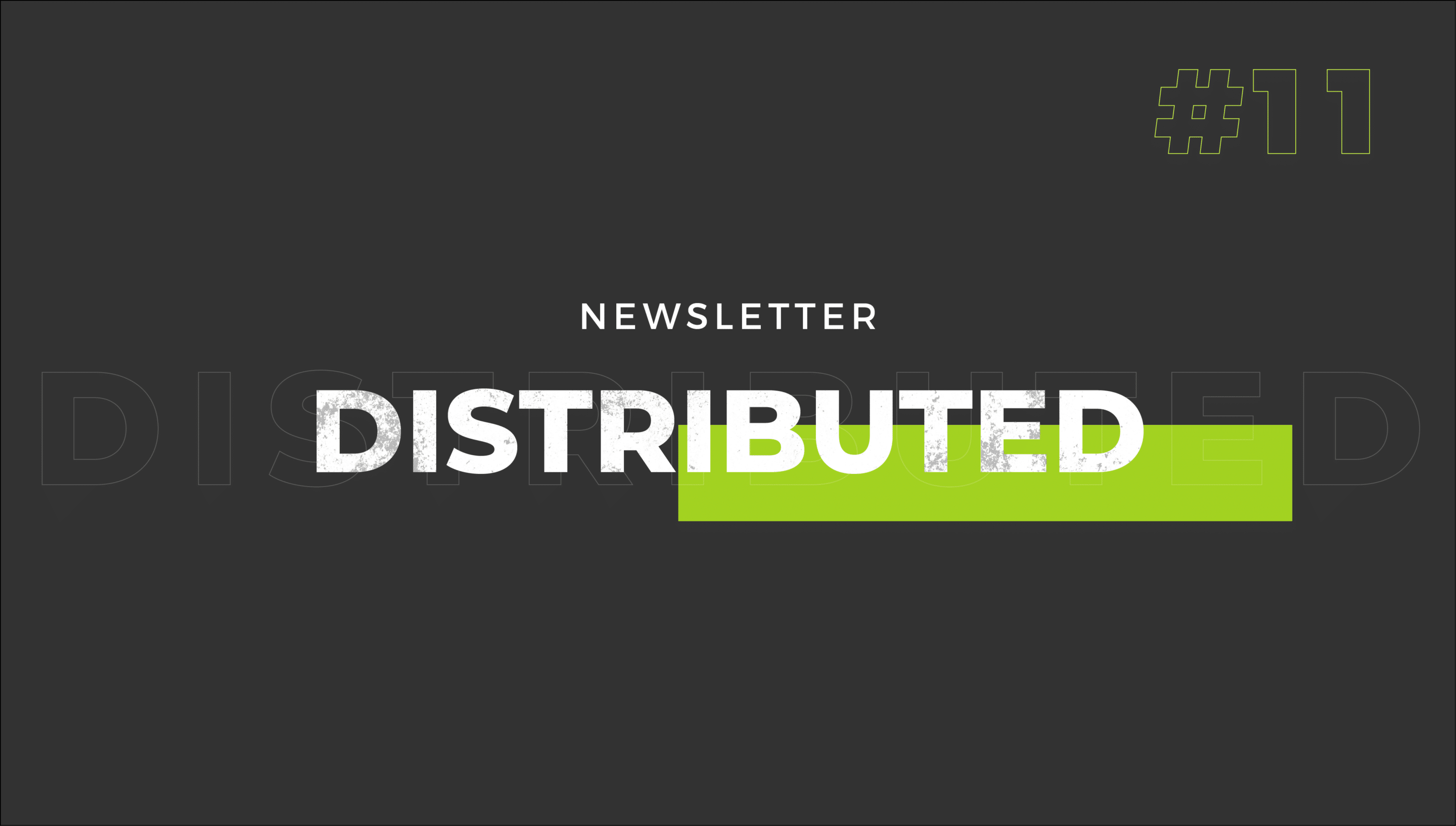2018 will be a pivotal year where more and more companies will embrace the “employee experience” as a strategic differentiator, with a broader adoption across industries and company sizes. While the past few years saw EX implementation succeed in large tech companies such as Google, Facebook, and Adobe, or in tech startups, in 2018 we will see mid-size companies and larger companies in more traditional industries implement the concept of the employee experience.
The HR function is changing…drastically.
Historically, the HR function has existed to police and protect the organization itself, and has been limited to an administrative role.
As the HR function is being dramatically disrupted, Chief Human Resource Officers (CHROs) are being pushed into a more strategic role, and are asked to create winning cultures, develop strong employment brands, and be competitive in the war for talent.
This is why more and more organizations will bring a mix of talent to the HR function, including marketing professionals and customer experience (CX) experts. These brand and CX experts will bring an empathetic approach that HR did not have in the past, using design thinking, journey mapping, segmentation, and gamification, and leveraging technology tools such as chatbots, AI, and marketing automation to communicate their employer brand and employee value proposition to a more targeted employee/talent audience across multiple channels.
Traditional HR roles will still exist, but we will see more and more “non-HR” people leading the HR teams.
Employer branding
More companies now embrace Richard Branson’s mantra: “Your employees are your greatest competitive advantage. They’re the ones making the magic happen—so long as their needs are being met.”
Most products and services are now commoditized, and unless you are a clear disruptor in your industry (Uber or Airbnb come to mind), the real differentiator lies in your employees. When employees are engaged and have a strong sense of purpose, they foster innovation, bring creativity, and deliver improved customer service to an organization.
Companies that are successful at attracting and retaining talent are the ones with a clear purpose. The key is to know how to articulate the company’s purpose and employee value proposition to current employees AND to candidates. Organizations must rethink how they approach employee communication and talent acquisition.
Successful companies in the EX space will juggle consumer brand and employment brand effectively, creating employment brand advocates among their employees the same way they create advocates for their consumer brand.
These same companies will lean away from outbound recruiting towards inbound recruiting, applying the same tactics the marketing function has been using for years now. Instead of working so hard to push their message and jobs in front of job seekers who may or may not be interested in them, organizations will invest time and money on an inbound marketing strategy that creates a magnet for their ideal job candidates.
People first
The EX journey must start at the top. If the leadership doesn’t believe in the value of a positive employee experience and doesn’t invest time and resources (dollars and employees) in it, EX has no chance to succeed.
Employees have a key role to play in the EX as well. They are the ones who are going to bring the EX to life daily. As employees become employer brand advocates, not only will they be more engaged in the EX initiative, they will also be more productive, they will collaborate to bring new ideas forward and to foster innovation, and they will deliver superior customer service.
More companies will create a work environment where employees want to come to work, not just a place where they have to come to work. They will bring fun to the workplace, create opportunities for personal and professional growth, and create a culture of candor, transparency, and inclusion—all key elements of an engaging and positive workplace.
How will they do this? By applying customer journey mapping to the employee side.
As they go through each stage, they will identify the gaps between what their employees are currently experiencing and what type of experience would address their employees’ pain points, needs, and aspirations. This exercise will help them define what they need to change/improve in their culture, and how these changes tie into their business goals. The EX will become part of the corporate strategy and will be aligned with business objectives.
Perks and benefits
The free lunches, beer Fridays, ping pong tables, and unlimited vacation time will become less attractive. Indeed, companies will move from tangible and traditional benefits to more intangible benefits such as personal development (learning new things that are not work-related), the ability to mix personal aspirations with work (sort of pro-bono work), wellness, more community support, pursuit of company or personal purpose and more.
Measurement
Digital technology completely transformed the marketing function 15 years ago. Today we live in a data-driven world, which empowers companies to better identify and understand consumer behaviors and needs, fueling corporate strategies to deliver more engaging and personalized experiences. As consumers, we are now accustomed to it, and we take it for granted.
The next frontier is for HR to implement it on the employee side. Companies sit on a ton of employee data. The challenge for most companies is that they often don’t know how to leverage this data and what to do with it. Some companies have begun to figure it out and use data to create engaging employee experiences. More companies will take that path in 2018.
However, EX advocates still face the C-suite’s reluctance to embrace the opportunity, as the direct impact or ROI of an employee experience strategy is still difficult to measure. EX must have an impact on business outcomes, otherwise it’s just the idealistic notion of “happiness at work.”
In some instances, in customer-facing roles, the measurement will be around how much EX increases customer satisfaction (CSAT) and net promoter (cNPS) scores or customer spending (the repetition of regular purchases or a higher spend per transaction). In other instances, EX should have an impact on the production floor and companies will measure whether it creates a higher productivity, fewer work accidents, etc. For talent acquisition, the candidate experience initiative will be measured on how quickly an open position is filled, and how quickly the new hire creates value in his/her new role. At an HR level, EX measurement could be around employee retention rate, employee satisfaction (eSAT) rate, and/or whether employees would be willing to recommend their current employer to friends (eNPS).
The idea of failure
EX is about testing and iteration. Many organizations have not yet embraced the concept of employee experience because they fear failing. The CEO’s vulnerability is critical to bring EX to life. If the leader of the company is afraid of employees’ feedback, or is afraid of failing first before eventually succeeding, nothing will happen.
For most companies which have successfully implemented an EX strategy, there wasn’t a culture book (although HubSpot and Ericsson for instance have each published a comprehensive culture code or book). The common denominator is that all these companies have succeeded through trial and error, embracing failure as a stepping stone for future success.
EX is a bit like software development: it is all about being agile, testing, and iterating. A culture is never “finished,” it evolves as the company grows and employee behaviors and needs change.
We will see more companies embracing the idea of testing and iteration—accepting failure at times—when implementing EX initiatives. The most forward-thinking companies will even push it further to test how much the EX can be personalized at the individual level, with the help of AI, machine learning, data, and automation.
Diversity and Inclusion (D&I)
As they become more and more important values in our culture at large, more companies will embrace diversity and inclusion as part of their corporate and talent acquisition strategies. However, it should not be limited to ethnicity, gender, or sexual orientation.
D&I should and will also be about background, profile, and how one thinks and operates. For years, the buzzword in recruiting has been culture fit. The challenge with that way of thinking is that companies have been looking for candidates that “fit in the mold,” making employees more like robots and copycats.
Forward-thinking companies will focus on culture add. “What skills, profiles, and mindsets don’t we have right now that could disrupt our cultural standards and help us create more value in the future?” A diverse workforce challenges the status quo, brings creativity and innovation to the organization, and strengthens its company culture.





